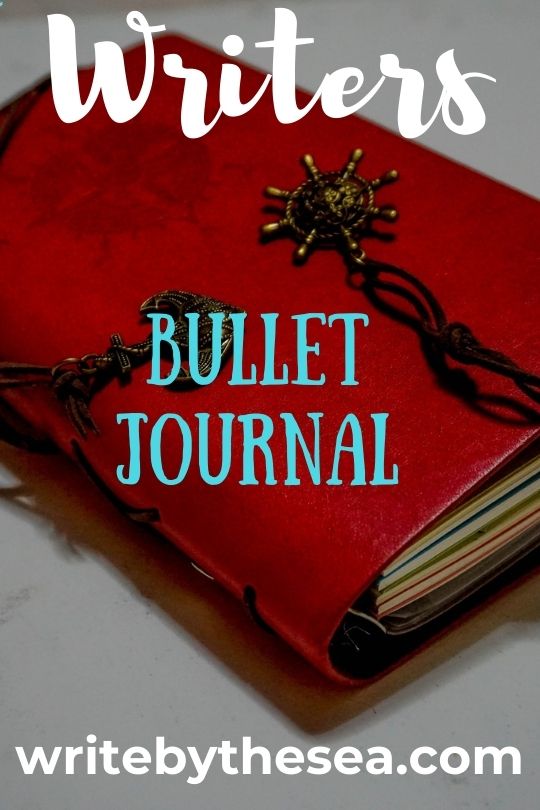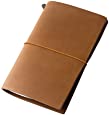 You’re ready to give bullet journaling a try.Before you start your first bullet journal, you need to decide on the type of journal you want to use.
You’re ready to give bullet journaling a try.Before you start your first bullet journal, you need to decide on the type of journal you want to use.
In this post, I’ll give you a quick overview over the three main styles of bullet journals in use.
This should make your decision easier.
Most importantly just start, get your feet wet and if needed switch to a different type of journal until you find the one that’s right for you.
A Plain Notebook
The easiest way to get started is with any notebook that you have lying around.
Of course, you can also pick up an inexpensive one at the store.
If you just want to give this a try, it doesn’t matter if it’s ruled, lined, or has blank pages.
Any type of notebook will work.
The advantage is that it’s easy and inexpensive to find something to play around with.
The disadvantage is that inexpensive notebooks tend to fall apart after a lot of use, aren’t very customizable, and you have number the pages yourself.
That being said, I recommend this is where you start.
Give it a try and see if bullet journaling will work for you.
If so, you can move on to one of the other types of notebooks.
A Moleskin or Leuchtturm Notebook
When you’re ready to upgrade to a journal you’ll enjoy writing in and are proud to display, consider spending a few dollars on a Moleskin or Leuchtturm notebook.
You’ll end up with a nice sturdy book that you can carry around with you or keep by your desk.
In addition to making your bullet journaling a nicer experience, a quality notebook has some added benefits.
The paper will be nicer to write on, it usually has quite a few pages, so you may be able to fit an entire year’s worth of notes and journaling in one notebook.
Bullet journaling requires you to use numbered pages in your journal for indexing.
There are a few editions available that include numbered pages including the Leuchtturm 1917 journal.
A Travel Journal or Midori
A third option is a travel journal or midori.
This consists of a piece of leather used as a cover and a series of replaceable inserts held in place by elastic bands.
The big advantage of using a Midori style journal for your bullet journaling is that it’s highly customizable.
Instead of using an index and having your collections or lists randomly spread throughout your journal, you can keep a dedicated insert for collections.
If you’re missing a more traditional calendar layout for your monthly pages, you can use a more traditional monthly and weekly calendar in your bullet journal.
Last but not least, by having the essential parts of your bullet journal (monthly spreads, daily sections, and collections) separated, you can replace only the parts you need to replace.
That means when your daily journaling notebook is full, you simply start a new one, and there’s no need to go back and copy over any essential collections in a new journal.
You keep your collections until you’re ready to replace it and start a new journal for those.
No matter what format you chose, I hope you give bullet journaling a try.

The Working Writer’s Coach








